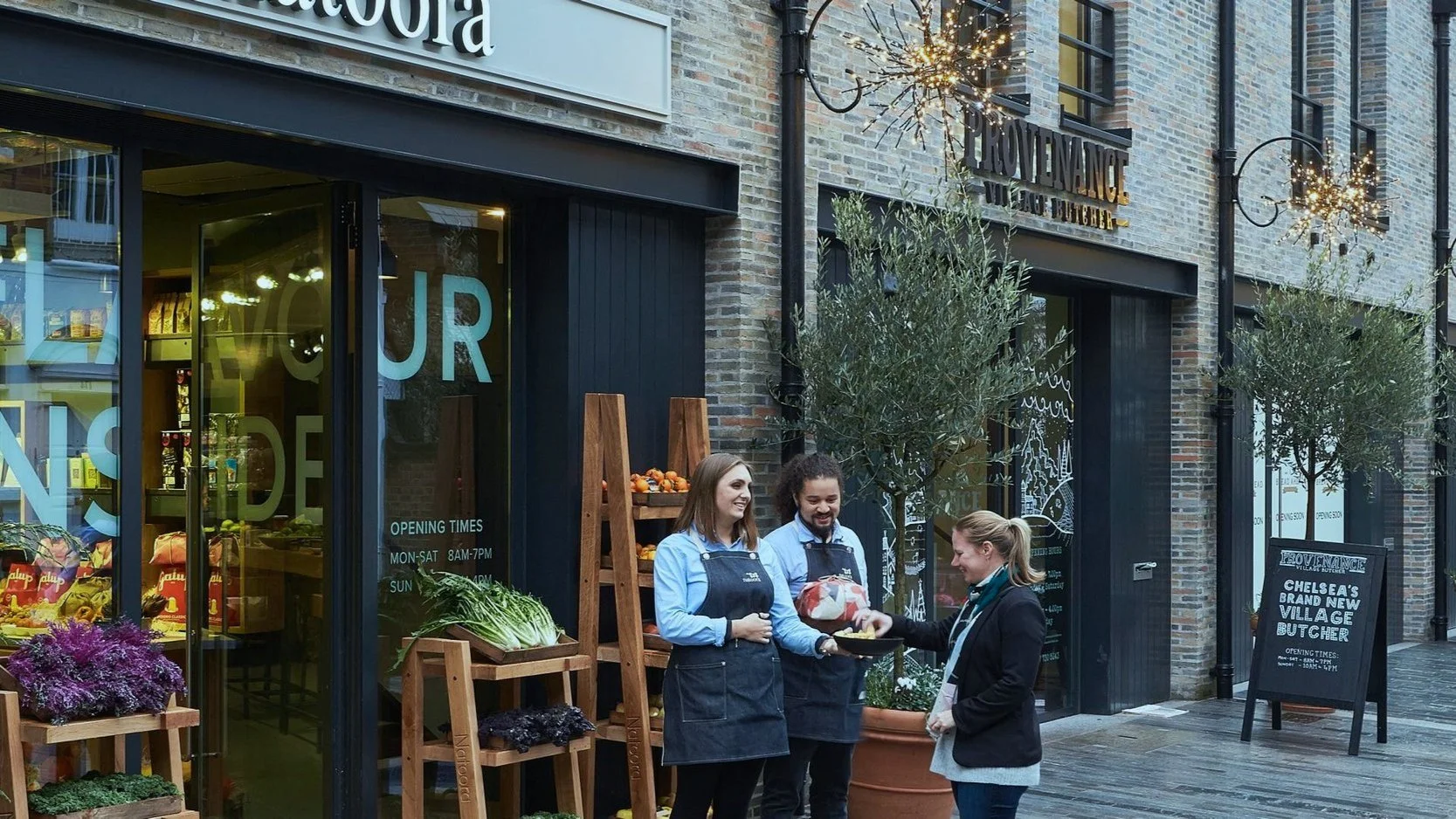The council's aim is to make sure that they make people’s lives easier with an understanding that many of their customers want to complete their task online via modern, intuitive digital services that can be used at any time. We helped them to develop a set of principles and guidelines that would help them to prgoress this strategy.
Uplift in Net Promoter Score
A strategy that embeds CX capabilities into service teams
Increased conversions for key services
Goals
Reduce effort, costs & grow revenue. Deliver a better customer service and change customer behaviours with a channel shift to interacting with services online.
Help RBKC to understand and embed the service design methodologies and processes required to meet the priorities of their CAS programme starting with 4 priority services.
Give RBKC the tools to ensure as many services as possible are available online to keep residents safe, value customers and treat them with respect and dignity and resolve issues at the first point of contact.
Challenges
We held workshops with 20 SMEs across 6 business channels and interviewed 12 customers of varying physical and technical abilities:
The application process can take too long online and is often fraught with uncertainty
Customers will often opt for a F2F meeting (if evidence is required) or calling (if they want to explain issue in detail)
Repetition of applying with multiple forms, duplicate questions and uploading evidence (already provided)
Low confidence in the process – one bad experience puts customers off interacting with the council
Little trust that services will run smoothly or end in the desired outcome
Customers believe phoning is the quickest channel for success
Speaking to a human gives reassurance that their needs are being heard
Services are not available online or are not accessible
Services are not accessible / poor UX on smaller screens
Expectations are not being set or met
Renewing services can be frustrating if repetitive
Expectations
Services to work well on devices with small screens
Be easier to find information or complete tasks online rather than calling
The Council should be more proactive by
not asking for information already given
keeping the customer informed of progress of any service
Should not have to explain the situation again and again every time they interact with the council
Trust that services will be delivered correctly and in a timely way
Some COVID services should remain after lockdown ends i.e. the online library services and virtual permits
Not having an account shouldn’t be a barrier to using the services
Methodology
Low fidelity Customer Journey mapping workshops to develop the future site strategy and structure and define user demand.
UX design to that demonstrates the design principles and UX rules across the customer journeys.
Prototype build and User testing sessions with customers of varying physical and technical abilities.
Results
We took 4 service teams through the service design process to create solutions for delivering their services via digital channels culminating in a proof of concept prototype and a playbook to enable these practices to be rolled out across all the council services.
1. Prioritise the people over convenient organisational practice
Recommendations:
A logical and intuitive information structure that enables customers to apply, monitor and manage services.
Business process designs that puts user needs first to save time, worry and avoid uncertainty.
Adopt the design principles and UX rules to ensure consistency of experience
Check eligibility early on and be upfront about what customers are eligible for.
Proactively let customers know what services they qualify for.
Reduce the number of steps in the application process, and make processes automated by removing back office manual checks where possible.
Only ask questions that are relevant to the customer.
Only ask for information that is critical to the application process.
2. Make all services available online
Recommendations:
Enable customers to apply for, monitor and manage services online through a logical and intuitive information structure.
Empower customers to self serve through digital channels.
Make access to services easy to use and accessible online via a desktop or mobile browser by creating a responsive solution. This will make using council services frictionless – even on the go.
3. Keep residents safe
Recommendations:
Make it easy to engage with council services digitally to avoid F2F contact i.e. pay online or submit evidence by taking photos.
Upskill customers to use your new digital services.
Increase adoption by using contextual help and support.
4. Value customers and treat them with respect and dignity
Recommendations:
Designs that meets accessibility criteria such as low vision, dyslexia or colour blindness.
Allow them to seek support if English is not their first language i.e. request a call back.
Proactive contact to help customers ‘get it right’.
Let them take their time by using the ‘save progress’ feature.
Use language and labelling that customers understand.
5. Resolve issues at the first point of contact
Recommendations:
Enable customers to ‘save progress’ so an agent will know where they are in any given process and can therefore offer proactive support.
Capturing data as customers engage with services will allow the council to build up a profile, which they can use to monitor and manage issues, as well as upsell relevant complementary services. Make it as easy to engage without an account as with one.
Give customers the ability to self manage their engagement with the council 247, anytime, anywhere by:
monitoring progress of applications
managing their services
seeking support if required
or just doing nothing
6. Engage customers in improvement
Adopting a User Centered Design process will put the customer at the heart of all future service solutions.
Using the customer personas/profiles to guide design decisions.
Create a customer steering group to help test new services as they get designed.
Enable customers to easily provide feedback to help improve services and feel heard without calling i.e. feedback tool.








